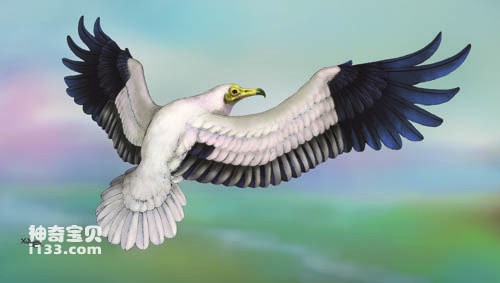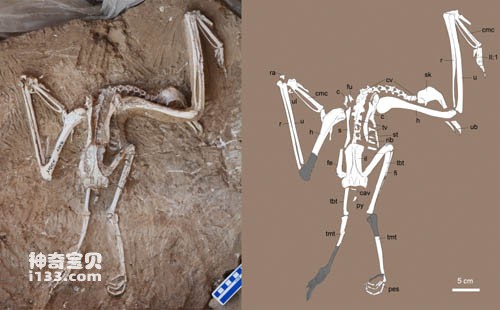Bearded vultures and vultures are collectively known as Old World vultures, although they do not form a sister group within the order Accipiliformes. Abundant fossil evidence shows that Old World vultures were widely distributed in the strata of North America from the Miocene to the late Pleistocene; in contrast, very few early vulture fossils have been found in the Old World. Recently, Li Zhiheng and others from the University of Texas, USA, and collaborators from the Institute of Vertebrate Paleontology and Paleoanthropology, Chinese Academy of Sciences, reported a new species of bearded vulture fossil discovered in Linxia, China, named Mioneophron longirostris. ), is the earliest record of the Bearded Vulture in the Old World (Asia, Europe and Africa), expanding the temporal and spatial scope of the distribution of this group. The relevant research results were published in the latest issue of the academic journal "The Auk" published by the American Ornithological Society. "superior.
Due to the slender, hollow bones and large body size of vultures, most of the specimens that have been found are fragmented. This nearly complete fossil was discovered in the yellow-gray siltstone layer of the Late Miocene Liushu Formation in the Linxia Basin, Gansu Province. A variety of well-preserved bird fossils have been discovered and reported in the same layer, such as vultures. The Gansu Vulture, the predatory Hezheng Falcon, and the larger ratite birds, the Linxia Ostrich. This can be used to describe the Linxia area of China 6 to 7 million years ago. A rich variety of Cenozoic birds lived in the mountain basins. Not only were large ostriches good at running on land, but there were also different vultures soaring in the sky. species, such as the carrion-eating Gansu Vulture and the omnivorous Bearded Vulture, as well as the agile and vigorous Hezheng Falcon that lives on hunting.
After analyzing and comparing the paleogeography and geological historical distribution of vultures in the Old World, researchers found that most of the early species of vultures in the Old World belonged to the bearded vultures, which are at the base of the eagle order. Their appearance in North America The radiation is closely related to the expansion of grasslands in North America during the Miocene; while the radiation of the more advanced vultures occurred relatively late and is related to the replacement evolution of C3-C4 vegetation. The radiation evolution of bearded vultures as a whole is much earlier than the C3-C4 transition. The recent discovery of white vultures in China confirms this hypothesis.
The discovery of new specimens provides evidence for studying the evolution and paleogeographic distribution of Old World vultures in the Old World. However, more and earlier fossils are still needed to reveal the paleogeographic origins and evolutionary patterns of Old World vultures. The extinction of Old World vultures in North America and their remnants and radiation in the Old World remain an unsolved mystery in avian paleogeography.
This research was funded by the 973 Project of the Ministry of Science and Technology, the Key Project of the National Natural Science Foundation of China, and the Lundelius Fund of the Department of Geological Sciences of the University of Texas.

Figure 1 Recently restored white vulture with long beak (drawn by Xu Yong)

Figure 2 Photos and line drawings of recent white vulture fossils with long beaks (Photo provided by Li Zhiheng)
animal tags: vulture
We created this article in conjunction with AI technology, then made sure it was fact-checked and edited by a Animals Top editor.